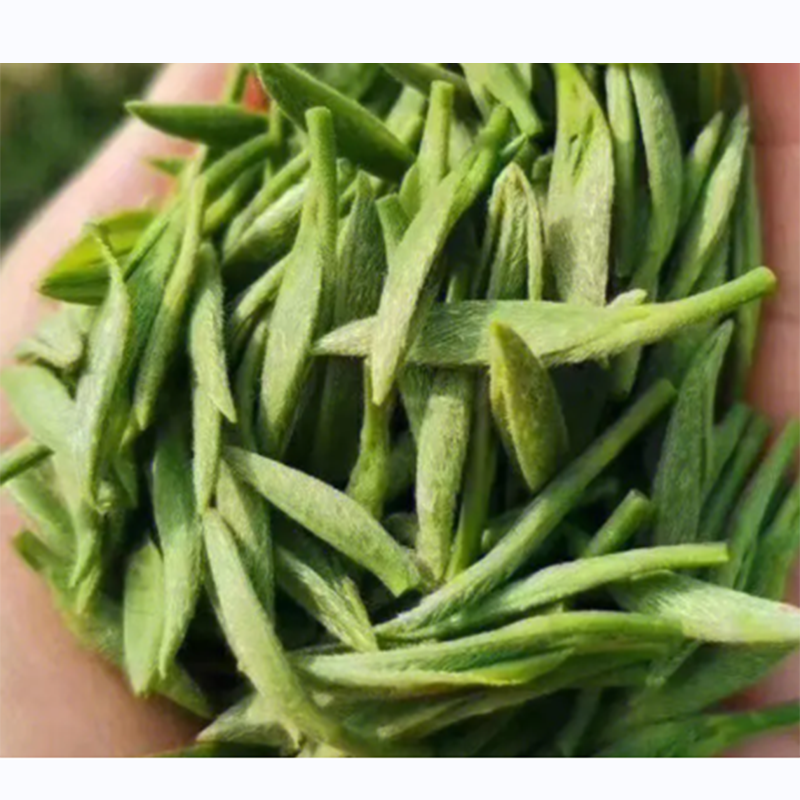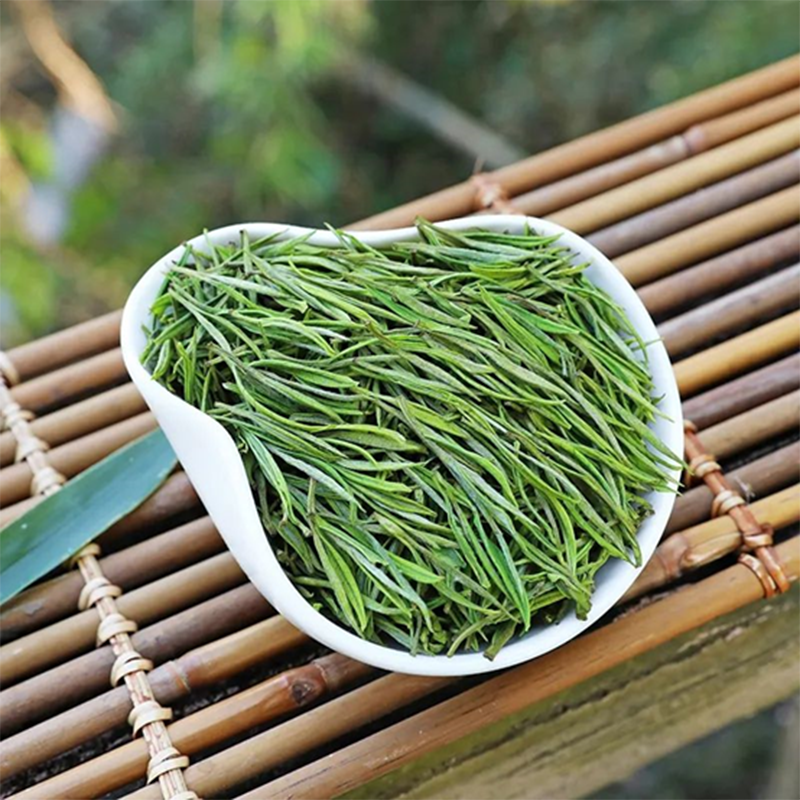China is a big tea growing country. The market demand for tea machinery is huge, and green tea accounts for more than 80 percent of the many types of tea in China, green tea is the world’s preferred health drink, and green tea belongs to the Chinese national beverage. So what exactly is green tea?
Green tea is the main tea category in China and has the highest production in the six major tea categories of primary tea, with an annual output of about 400,000 tons. Green tea is killed, kneaded and twisted, dried and other typical processes, and the color of its finished products.
What are the processing procedures of green tea?
1. Green harvesting
Green picking refers to the process of picking tea green, which is divided into mechanical picking and manual picking, and mechanical picking can be done with Tea Plucking Machine. The plucking of tea green has strict standards, and the degree of ripeness and uniformity of the buds and leaves, as well as the time of plucking, is a very important part in determining the quality of tea leaves.
2. Withering
After the fresh leaves are picked, they are spread on the tea withering machine, and the leaves are properly turned in the middle. When the water content of fresh leaves reaches 68%-70%, and the leaves become soft and fragrant, then it can enter the killing stage.
3. Killing
Killing is the key process in green tea processing. The Green Tea Fixation Machine takes high temperature measures to disperse the water in the leaves, blunt the enzyme activity, block the enzymatic reaction, and make the inclusions in the fresh leaves undergo certain chemical changes, so as to form the quality characteristics of green tea and maintain the color and flavor of the tea leaves.
4. Twisting
After killing, the tea leaves are kneaded by the Tea Rolling Machine. The main functions of kneading are: to properly destroy the leaf tissue, so that the tea juice can be easily brewed out, but also to resist brewing; to reduce the volume, so as to lay a good foundation for frying and forming; and to shape different characteristics.
5. Drying
The drying process of green tea generally uses tea dryer first, so that the water content is reduced to meet the requirements of pot frying, and then fried and dried.
The green tea processing process is spreading, killing, kneading and drying. Among them, spreading and killing are the key processes that affect the freshness and taste of green tea. The content of catechin, which is the main bitter and astringent tasting substance in tea, is gradually reduced by respiratory consumption and enzymatic oxidation during the process of spreading, and its content is moderately reduced after spreading, which is conducive to reducing the bitterness and astringency of tea soup and enhancing the mellowness of tea soup.
Killing is the key process of green tea quality formation. If the killing time is too short, the hydrolysis and transformation of polysaccharides, proteins and tea polyphenols will be inadequate, and the transformation of soluble sugars, free amino acids and other taste substances will be less, which is not conducive to the formation of fresh and refreshing taste of tea broth.
At present, there are mainly microwave, Rotary Drum Dryer, steam heat and high heat wind in the production of greening. The research shows that the electromagnetic endothermic greening in drum mode, through innovative segmentation treatment, the first section of the high temperature to quickly inactivate the enzyme to stop the enzymatic oxidation in the fresh leaves; then gradually reduce the barrel temperature of the second section, which is conducive to the formation of amino acids, soluble sugars, aromatic substances and other color and flavor quality components, the green tea produced green color, high aroma, fresh taste.
Post time: Jul-04-2023


